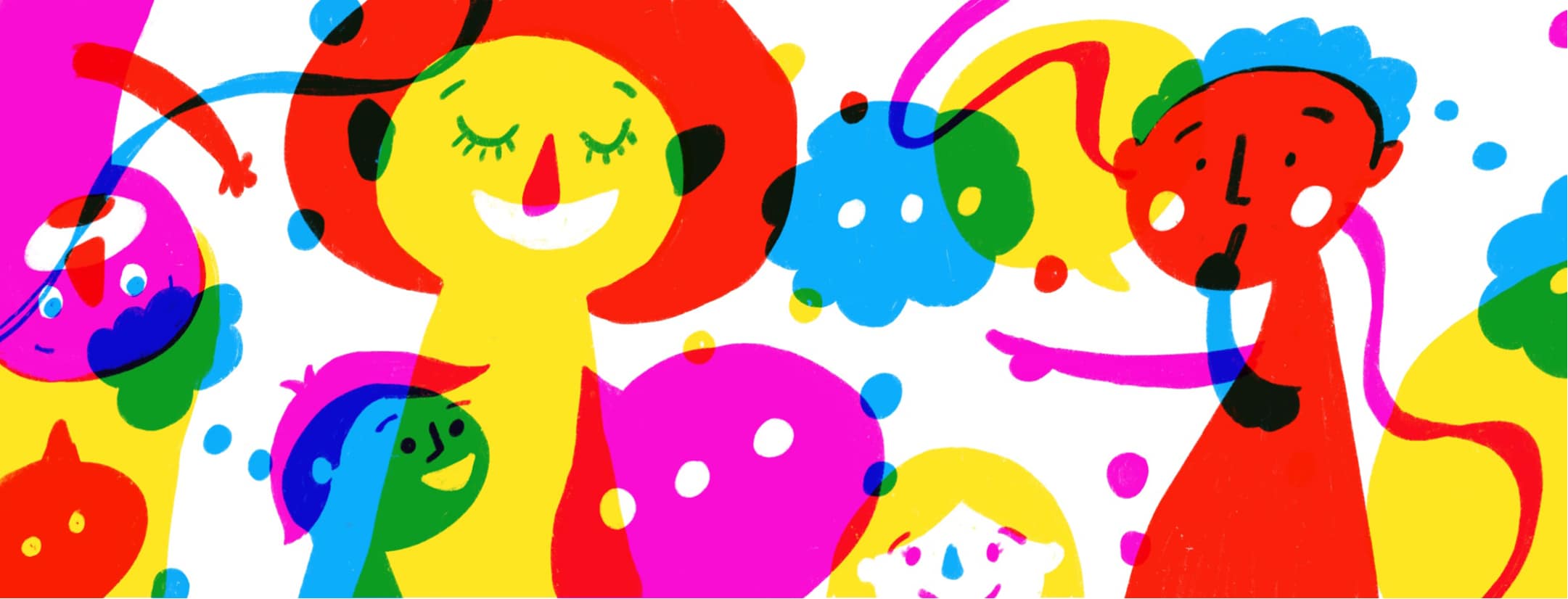
How To Lead a Human Centered Design Workshop
- Product Definition /
- Product Design /
An inside look at The Design Kit: Human Centered Design Prototyping Workshop Course
Recently the Emerge creative team took the “Design Kit: Human Centered Design Prototyping Workshop” course to better our fundamental exploration skills and our understanding of real-world prototyping. This UX collaborative workshop course was created by IDEO.org in partnership with Acumen.
Overview
- We highly recommend that you take at least one of the many courses that IDEO and Acumen have put together. You will learn a lot about yourself and how you work in teams, also creative ways of collaborating together to reach a common goal.
- This post will walk you through our experience and provide insights and takeaways we learned along the way.
Design Kit: Curriculum
The course we took involved the following exploratory prototyping-focused areas of interest:
- Practice the mindsets and methods of human-centered design
- Produce tangible prototypes through early, rough prototypes
- Experiment with the power of prototyping for products, services, and environments
- Gain valuable feedback from the people you’re designing for
- Demonstrate how the cycle of prototyping, feedback, and iteration leads to concept refinement
Design Kit Workload
This course will take approximately 4 hours per week, with an hour of individual reading as well as 3 hours of in-person group work.
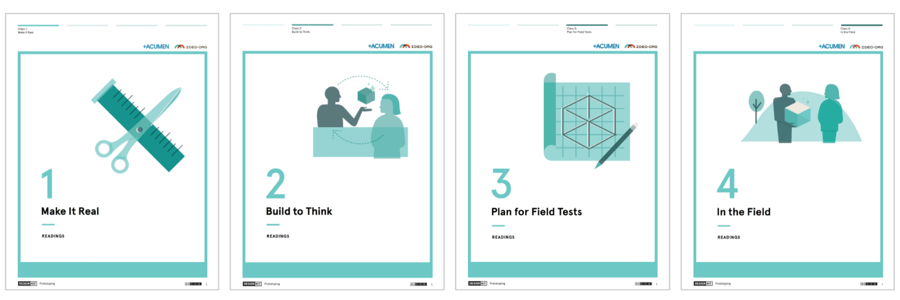
How the Human Centered Design course works:
- Work with a group of 2–6 people referred to as your “design team”
- Learn the prototyping process by applying it to a real-world design challenges
- Explore the main concepts of prototyping through readings, case studies, and short videos
- Get your hands dirty building prototypes and practicing other relevant human-centered design methods
- Throughout the course interact and gain inspiration from design teams around the world also taking the course
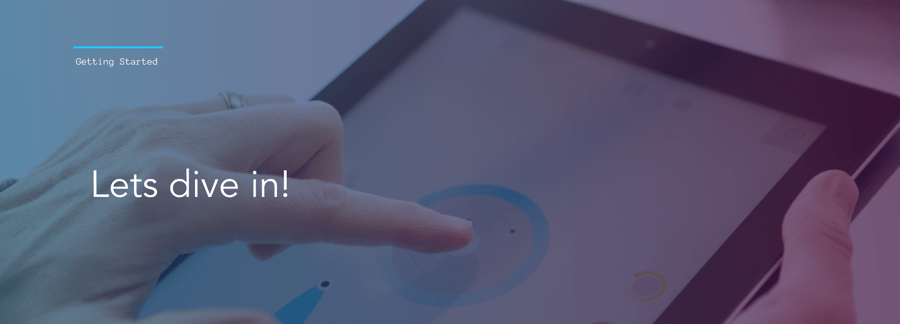
What is Human Centered Design + Prototyping?
Human-centered design is a problem-solving approach that focuses on understanding and meeting the needs of the end-users. It is a creative and collaborative process that puts people at the center of the design process. The goal is to create products, services, or systems that are user-friendly, effective, and enjoyable to use.
To achieve human-centered design, it is crucial to involve end-users in the design process from the very beginning. This involves gathering feedback, conducting user research, and prototyping to test and refine the design. The process is iterative, which means that designers continuously refine their designs based on user feedback until the final product is ready for launch.
Human-centered design has been used successfully by companies such as Apple, IDEO, and IBM to create innovative products and services. It has been proven to increase customer satisfaction and loyalty, as well as improve business outcomes. By focusing on the needs of the end-users, human-centered design can help companies create products and services that truly meet the needs of their customers, leading to better business results.
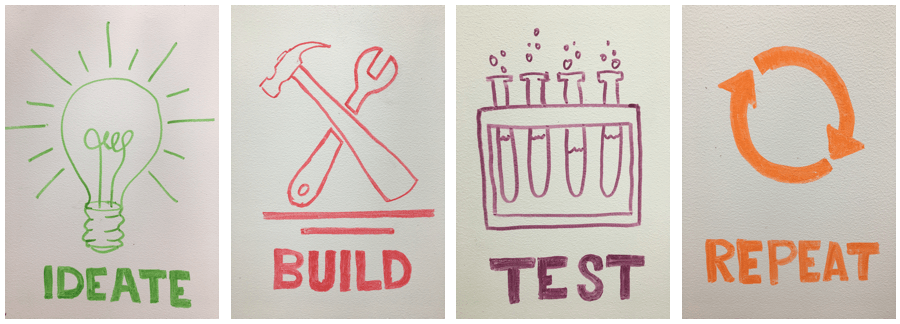
Human Centered Design Warmup Exercise
The following warm up exercise is designed to get you thinking quickly about problem solving and not to spend too much time overthinking the solution, so you can get something together to test in the real world.
Make Your Ideal Travel Kit (Rough and Rapid): Imagine you could travel anywhere. Think for a moment what you might need in your ideal travel kit for this trip. Now make a travel kit just for you and your trip.
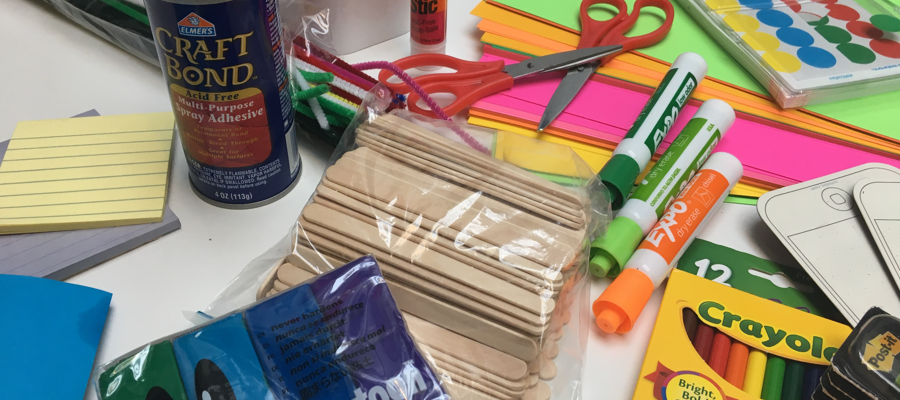
Our Tools of the Trade, and our Creative Team’s prototypes
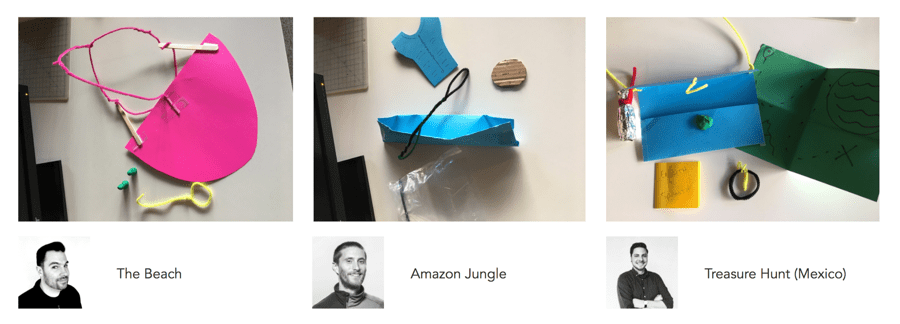
The goal is to quickly ideate and iterate an idea
Sometimes the hardest part of prototyping is moving from an early, emerging idea to that first step of giving it some shape. Get out of your comfort zone and accept that things will not be “perfect”. The goal is to jump right into making things real and expressing the vision to others anyway you can.
Jump in, the water’s fine!
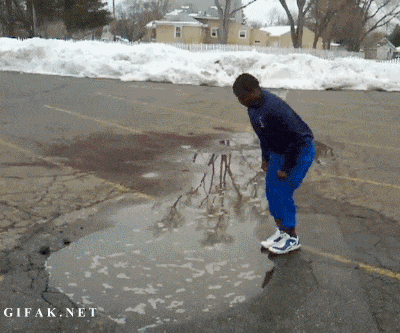
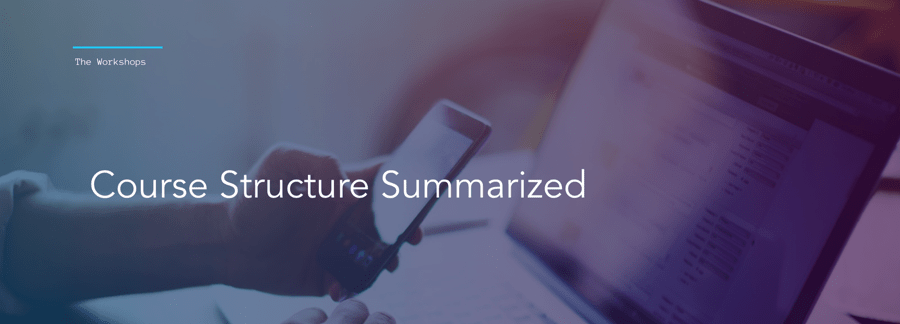
Below are time-lapse videos that walk you through our process of going through the human centered design course workshops with the creative team here at Emerge.
Timelapse Videos:

These critical 6 steps are essential to success with The Design Kit: Human Centered Design Prototyping Workshop course.
We’ve broken the following steps out below and included our takeaway with each:
- Focus on the User
- Collaboration is Key
- Make it Meaningful
- Failing is Natural
- Design with Heart
- Keep on Refining

Step 1: “Focus on the User”
These seed ideas provide a basis for thinking how to approach focusing on “the user”:
- What are the user’s needs and pain points?
- How can we make the user experience more intuitive and user-friendly?
- What are the user’s goals and how can we help them achieve those goals?
- What is the context in which the user will be using our product, and how can we design for that context?
- How can we incorporate user feedback and iteration throughout the design process to ensure that our solution meets the user’s needs?
- How might we improve health in everyday places?
All good prototypes start from an initial spark of an idea. In a full human-centered design process, you would take time in the Inspiration phase to understand your users up front and frame the opportunities through synthesis.
The following graphic illustrates how to think about different times of the day and the things that matter most during them.
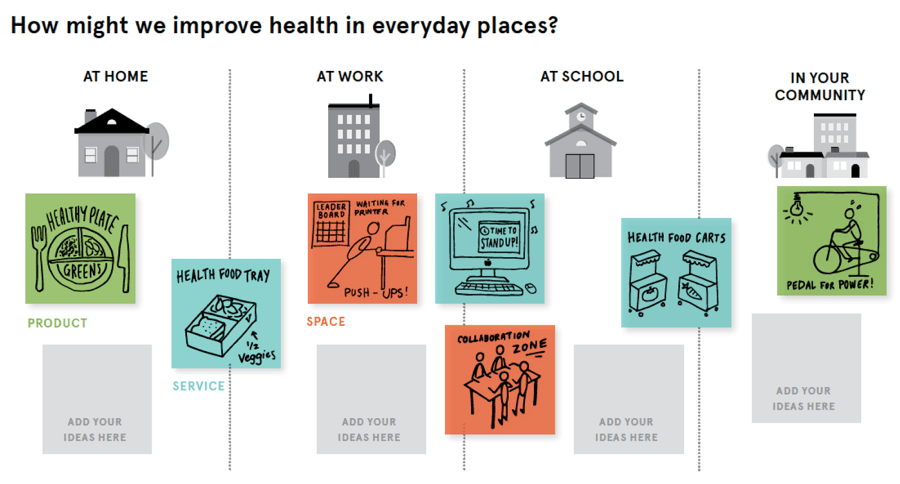
Our takeaway
We must empathize and understand the needs of the user in order to identify the real problem or problems we’re solving.

Step 2: “Collaboration is Key”
Brainstorming how best to collaborate with one another through design:
When thinking about how best to collaborate with others, include a wide variety of ideas that cover all types of design forms — products, services, and environments.
Remember these Brainstorming Rules as you begin to have discussions with one another:
- Defer Judgement
- Encourage Wild Ideas
- Build on the Ideas of Others
- Stay Focused on Topic
- One Conversation at a Time
- Be Visual
- Go for Quantity

Our takeaway
Collaborate; not only to ensure the project’s success, but to strengthen and align everyone towards solving the real problem for the user.

Step 3: “Make it Meaningful”
Start with an Idea:
- Survey the Ideas
- Vote for the Most Innovative Idea
- Vote for the Most Promising Idea
- Count the Votes
- Discuss With Your Team
- Now Go Ahead and Pick One!
Our takeaway
With every problem, there’s always a better solution. Research, ideate, prototype, gather feedback and keep ideating to find the most meaningful solution for every problem.

Step 4: “Failing is Natural”
Make It:
Now that you’ve got something to work with, let’s start building your idea! Remember, when first moving from an idea on paper to a physical prototype, it should be pretty rough and scrappy.
Use the objects identified below as a starting point to build your initial prototype, and feel free to add some more materials of your own.
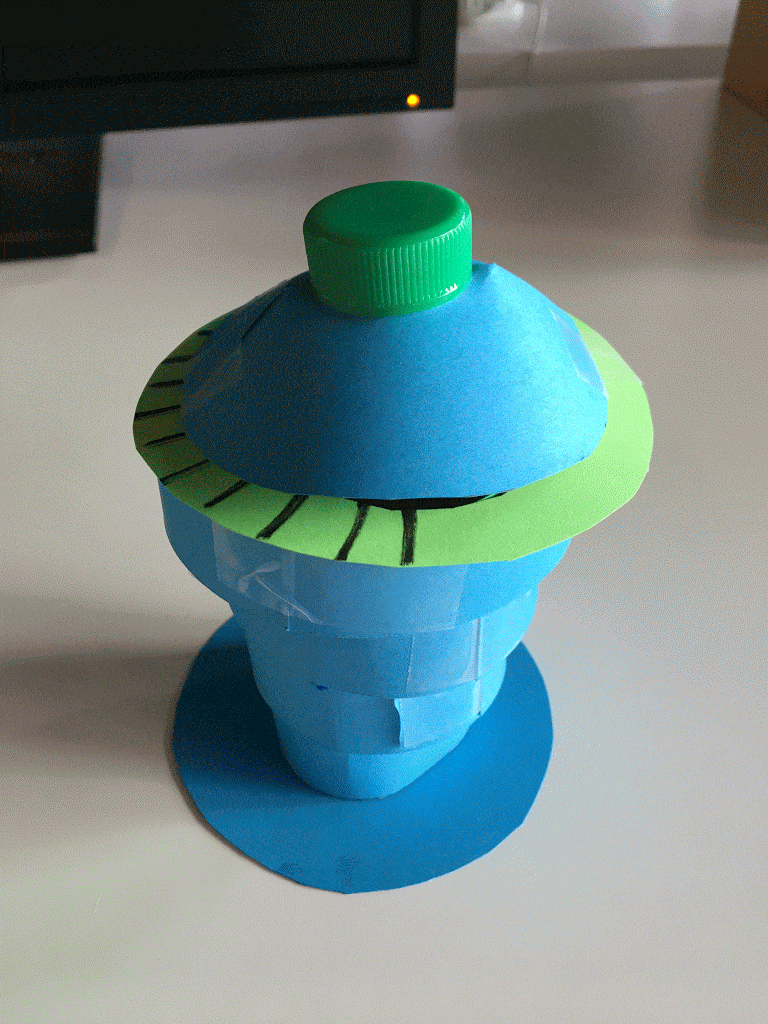
Our takeaway
Fall down and get back up; it’s all part of the process. In the end, it’s only going to make the experience better and your team stronger.

Step 5: Design with Heart”
Design takes thinking with your heart as well as your mind. Use these tips to stay focused:
- Invite Honesty and Stay Neutral
- Introduce your prototype as a work in progress and make sure to present it in a neutral tone
- Capture Feedback Learnings
- Note both the positive and constructive comments as you test your prototype.
- Ask Focused Questions
- Follow up with more pointed questions, such as, “What’s most useful about this?”, “How much would you pay for it?”, “How often would you use it?”, or “What would make it this better?”
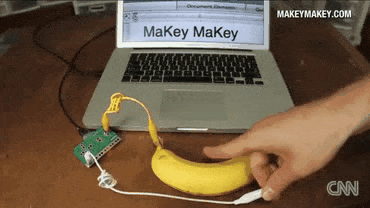
Our takeaway
Trust your gut and always design with the user in mind. Consider every detail, every situation, and make a delightful experience that matters.

Step 6: “Keep on Refining”
Iteration is a crucial aspect of the human-centered design process because it allows designers to refine and improve their solutions based on feedback from end-users. By involving users in the design process from the beginning and testing prototypes with them, designers can identify pain points and areas for improvement that may not have been apparent otherwise. Iteration also allows for experimentation and exploration of alternative solutions that may better meet the needs of users.
Prototyping involves constant iteration and improvement: Taking an idea all the way from a thought to something tangible is not the end, rather it’s just the beginning. Now it’s time to test and refine your prototype to improve it and make it better.
Here are some steps to assist with refinement:
- Elevate What’s Working
- Once you’ve identified what people like most about your idea, make sure to leverage this knowledge.
- Understand Why
- When someone gives you feedback that they did or didn’t like something about your prototype, ask why?
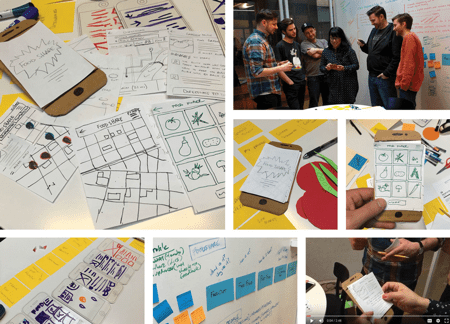
Our takeaway
Test and gather feedback to gain insight on how users think and feel. Empathize and make any necessary refinements to the design.
6 DIGITAL DESIGN THINKING PRINCIPLES:
As we wrap our focus on Design Kit: Prototyping Workshop, consider these digital design thinking principles to ensure your own success with ideation, design, and prototyping.
FOCUS ON THE USER: Empathize and understand the needs of the user in order to identify the real problem you’re solving.
COLLABORATION IS KEY: Remember the client is part of the team! Collaborate; not only to ensure the project’s success but to strengthen the client relationship and align everyone towards solving the real problem for the user.
MAKE IT MEANINGFUL: With every problem, there’s always a better solution. Research, ideate, prototype, gather feedback and keep ideating to find the most meaningful solution for every problem.
FAILING IS NATURAL: Fall down and get back up; it’s all part of the process. In the end, it’s only going to make the experience better and your team stronger. This is how innovation works. Iterate and innovate!
DESIGN WITH HEART: Trust your gut and always design with the user in mind. Consider every detail, every situation, and make it a delightful experience that matters. Oh, and don’t get married to your design…it may need a facelift.
KEEP ON REFINING: Test the completed design and gather more feedback to inform the users understanding and how they might think or feel. Empathize and make any necessary refinements to the design.
Your own team will benefit greatly from putting these principles into practice, and if you need additional support, contact us today and we’d be happy to help with our UX design services.